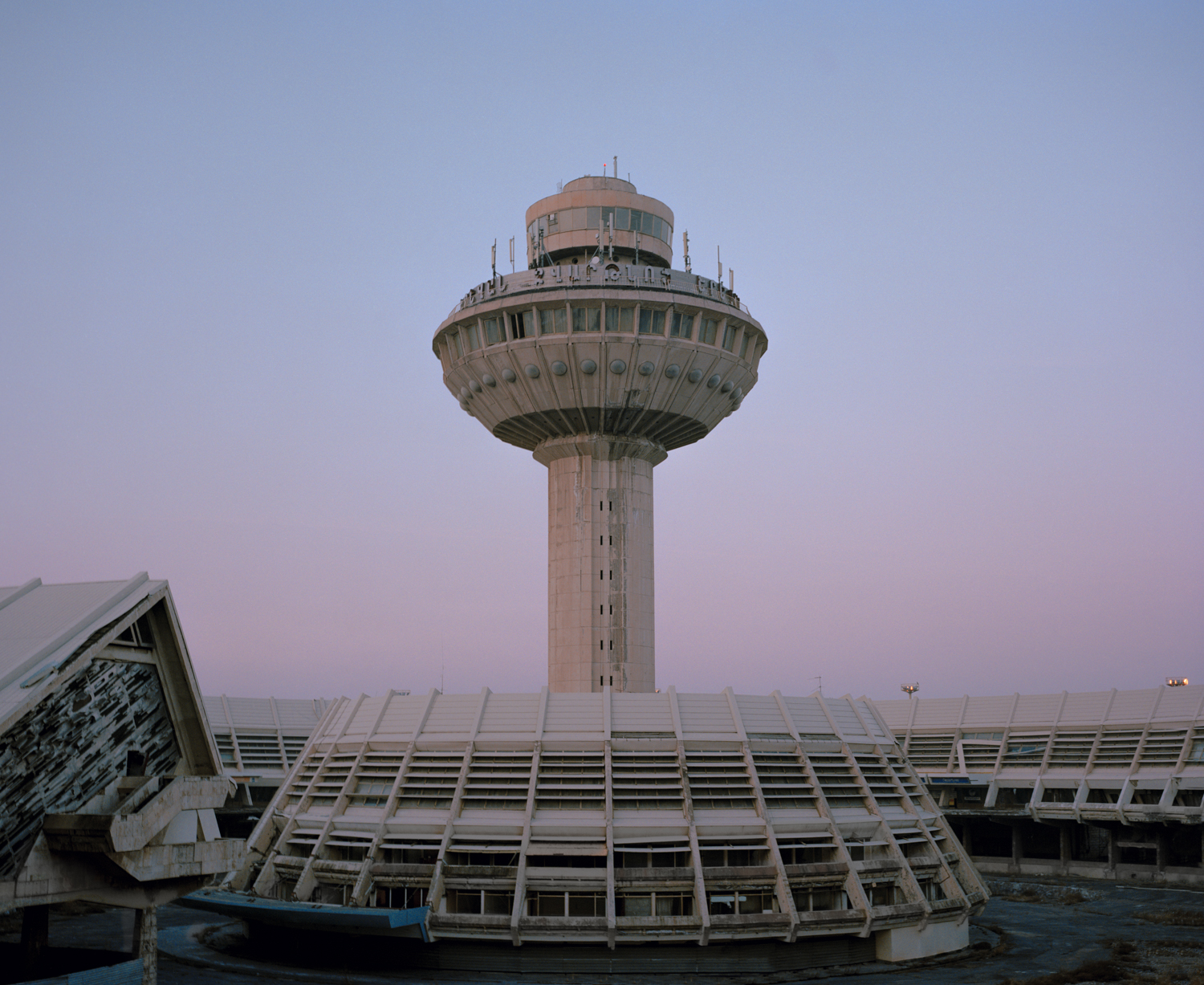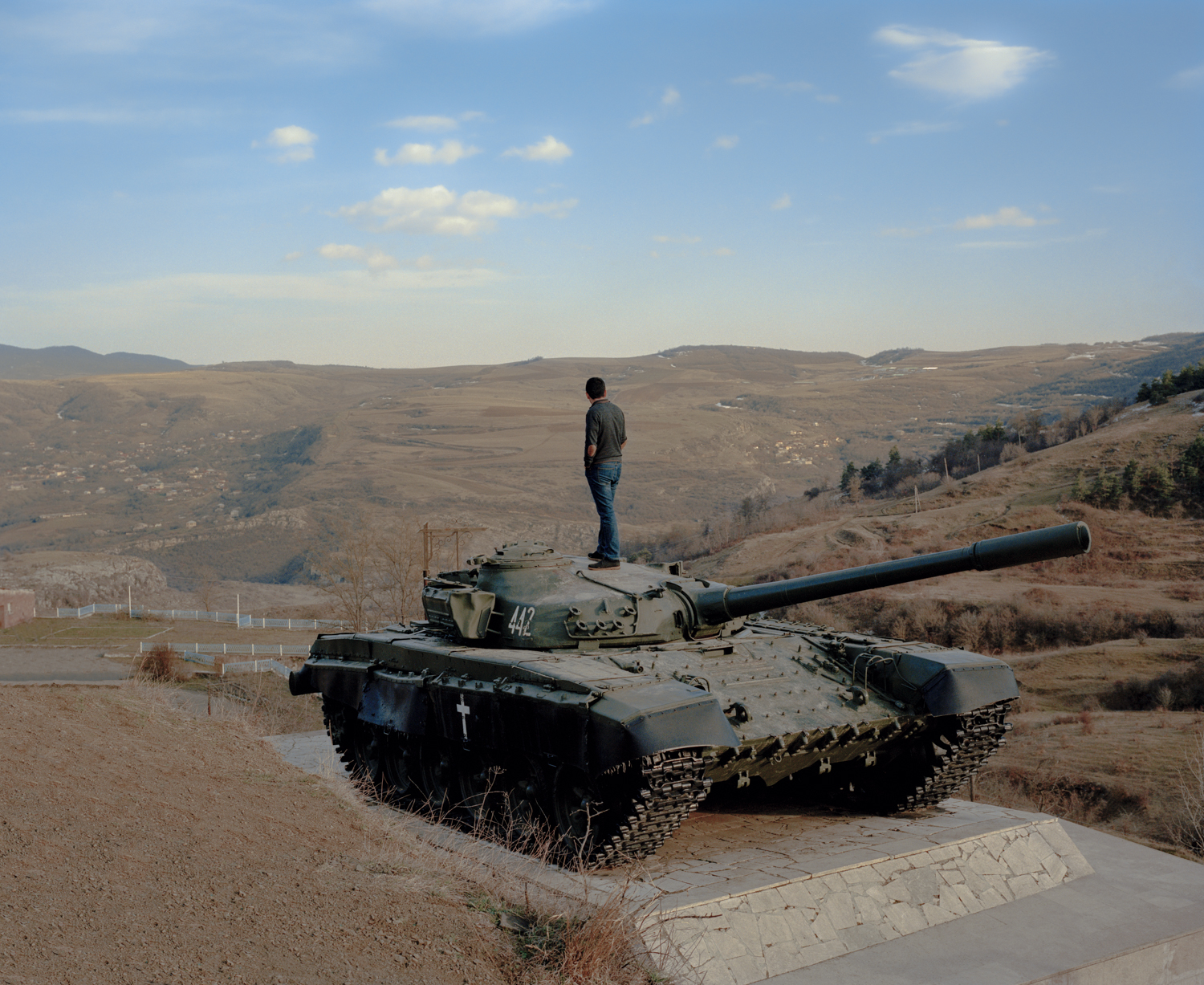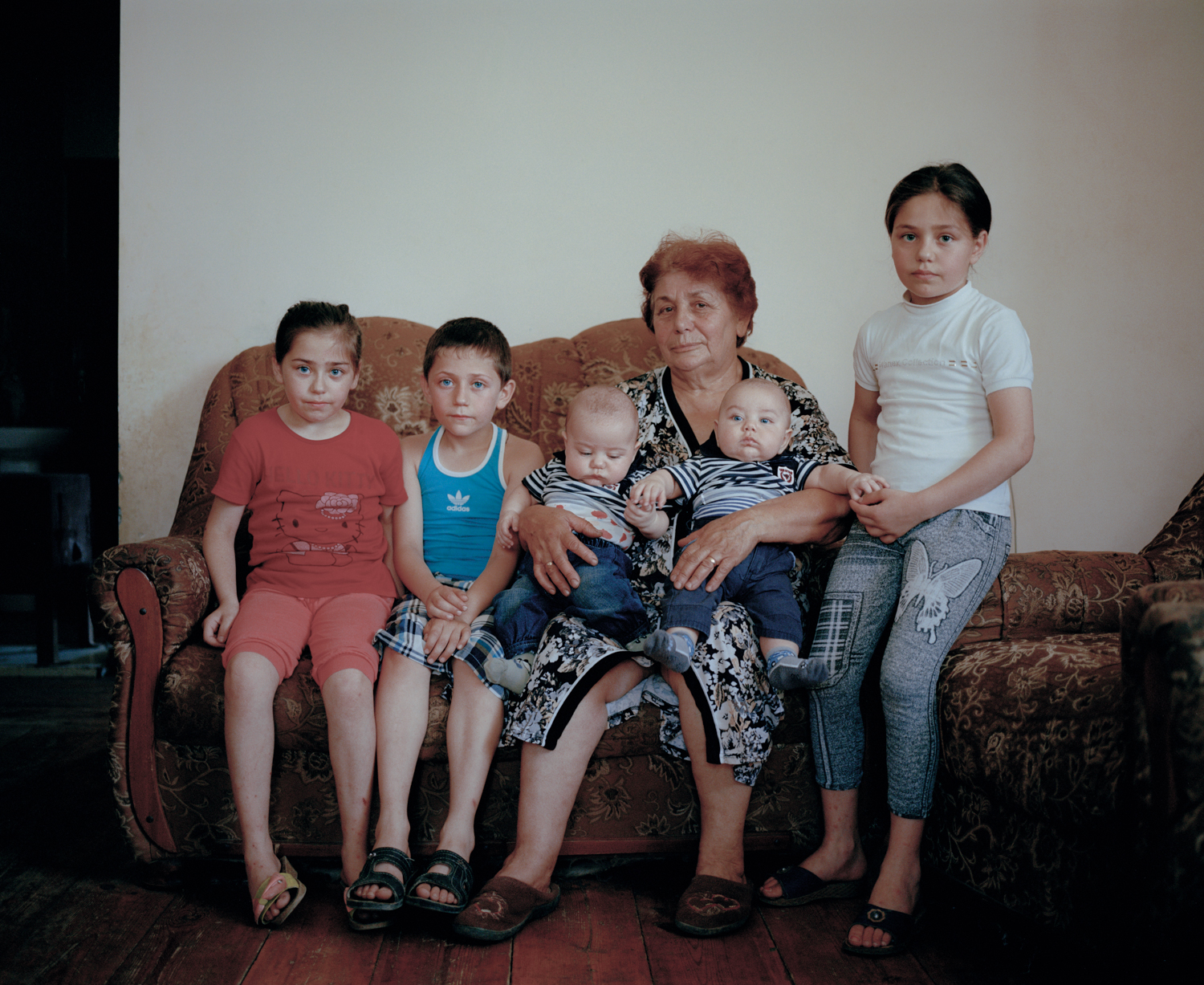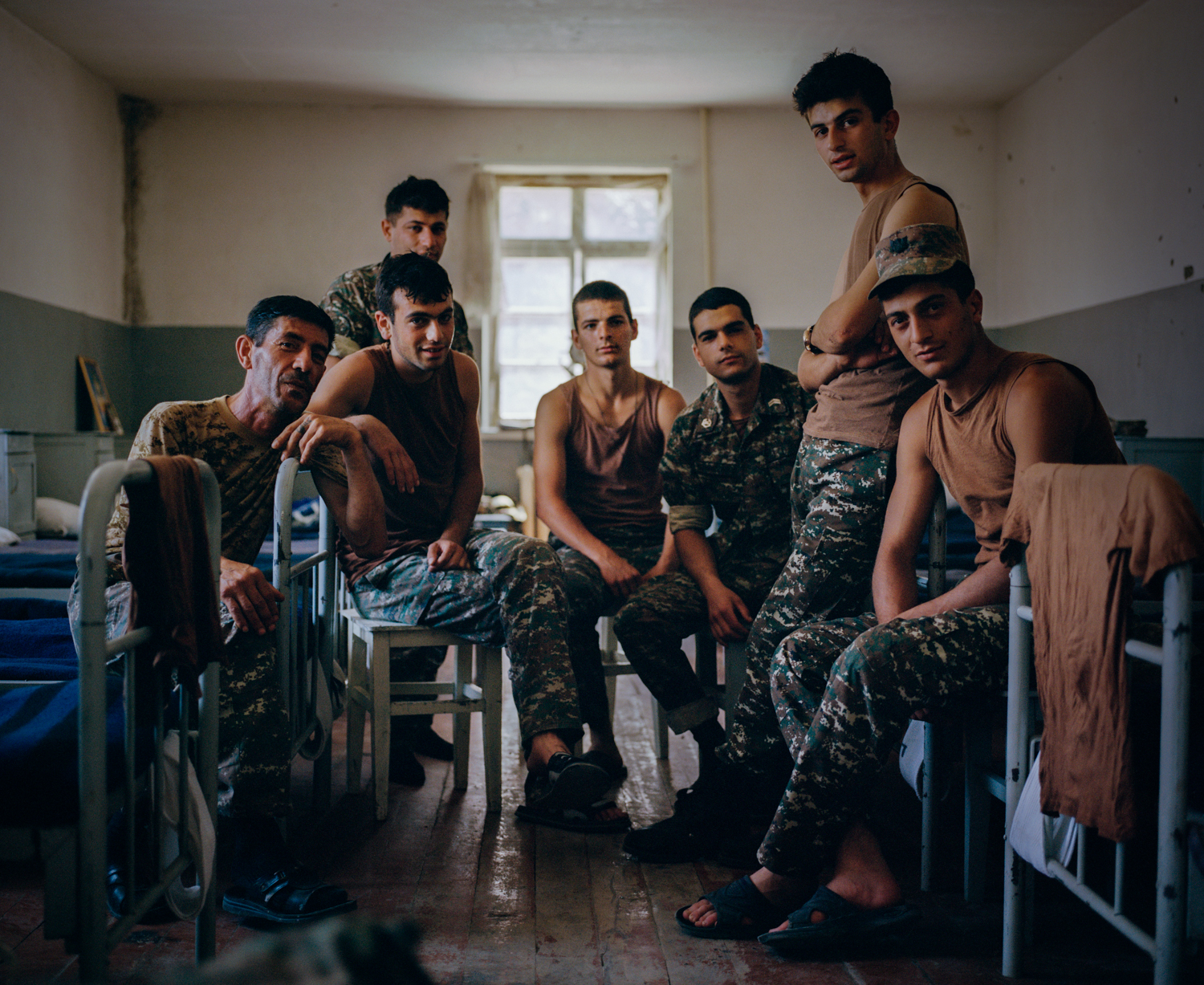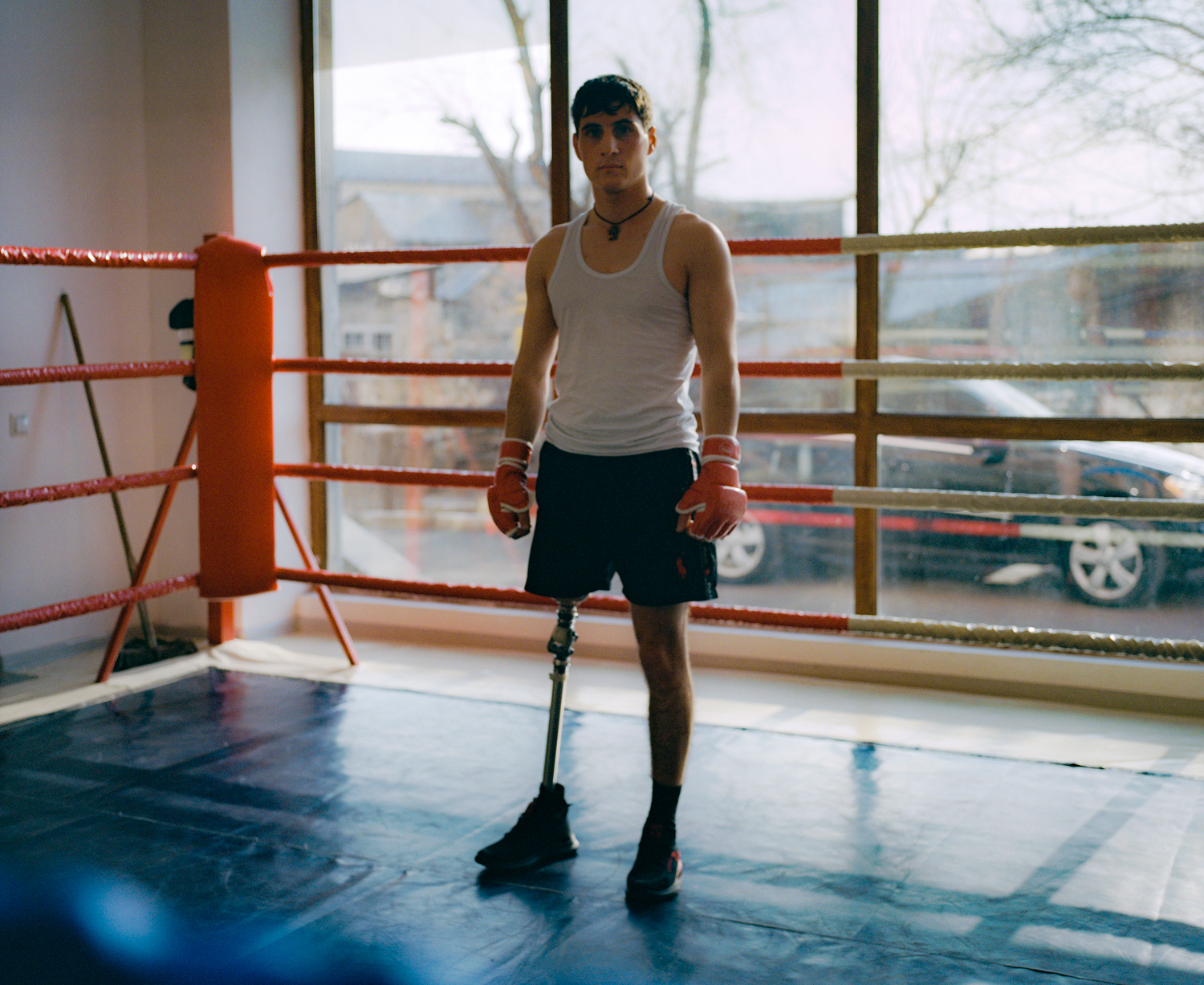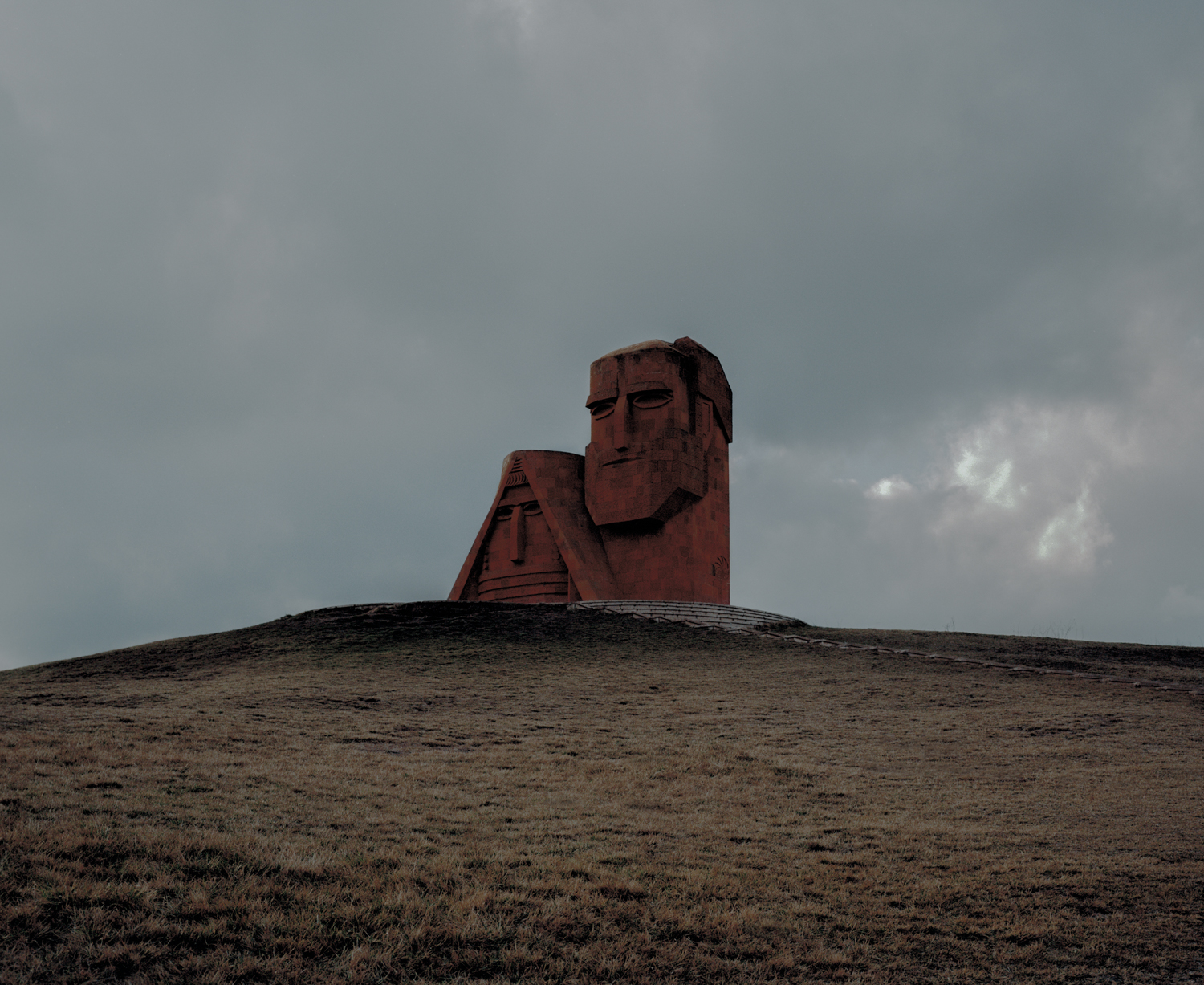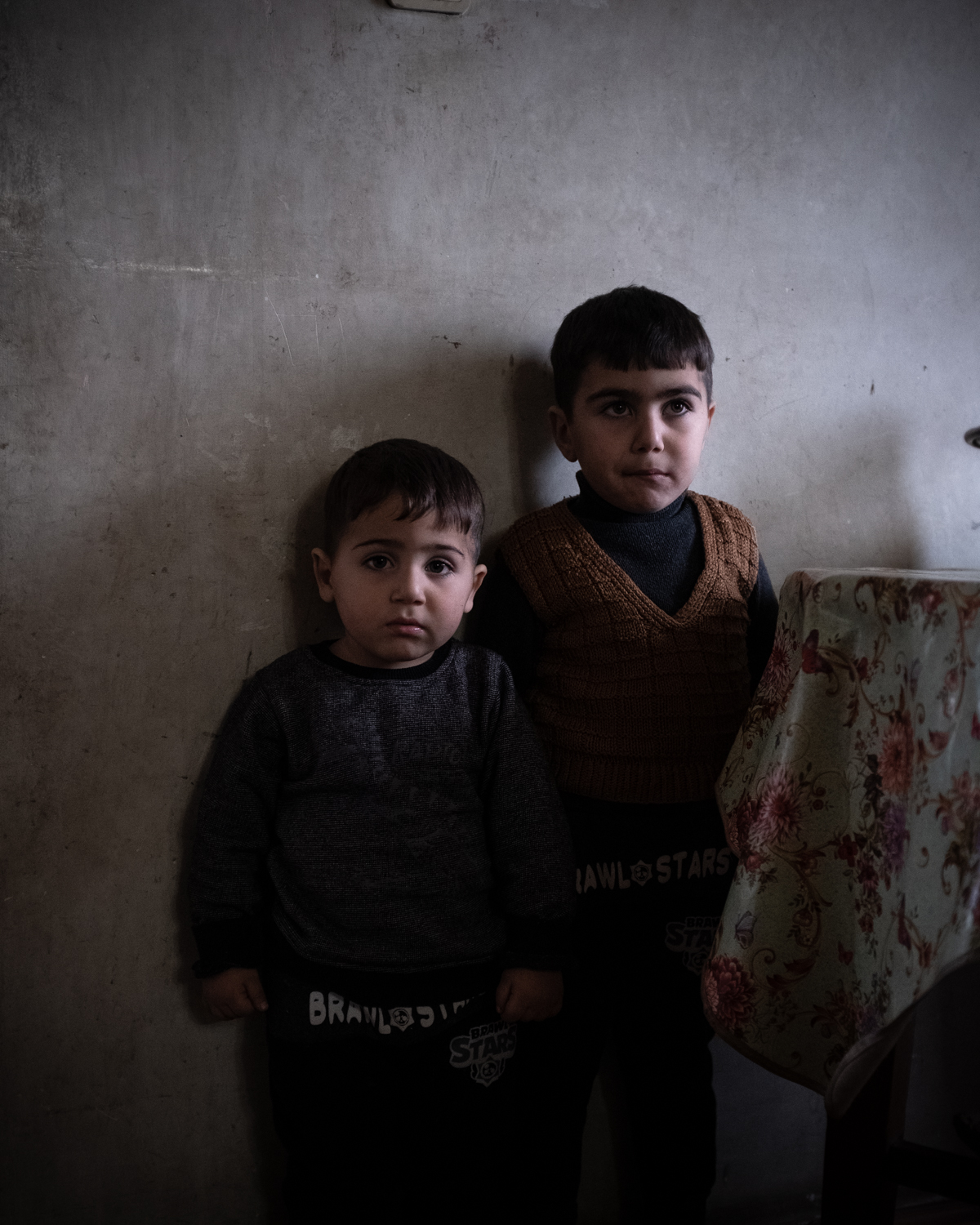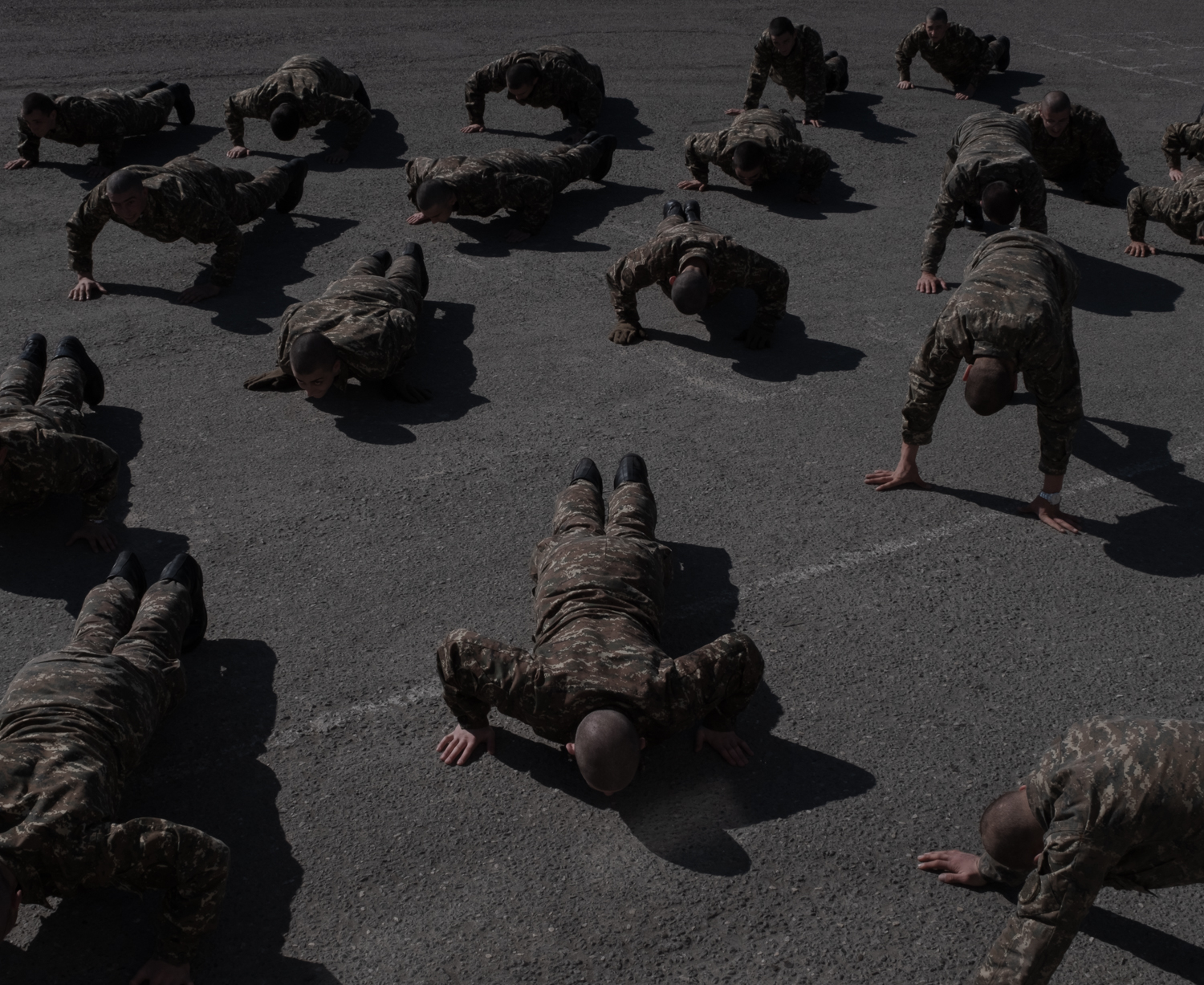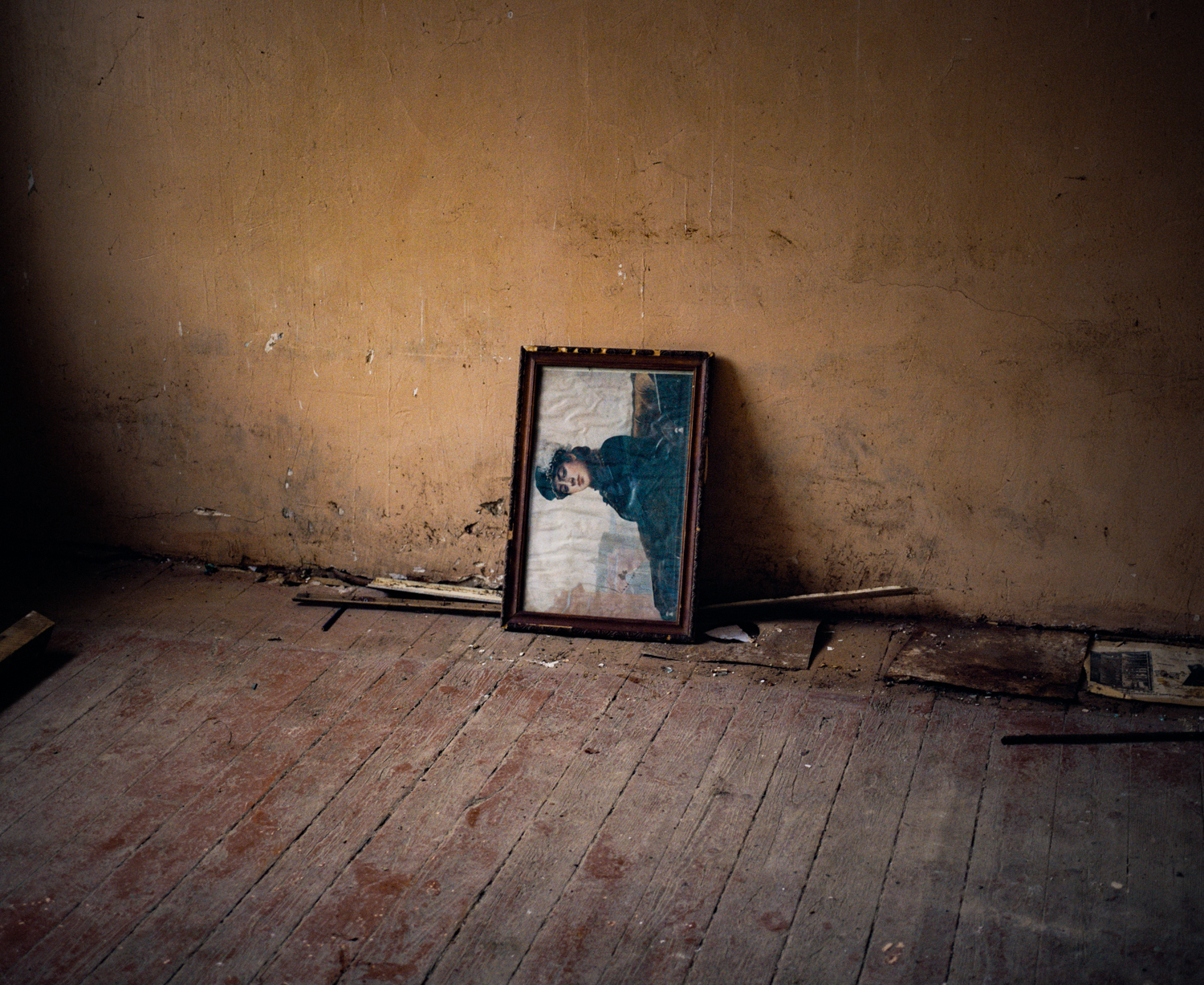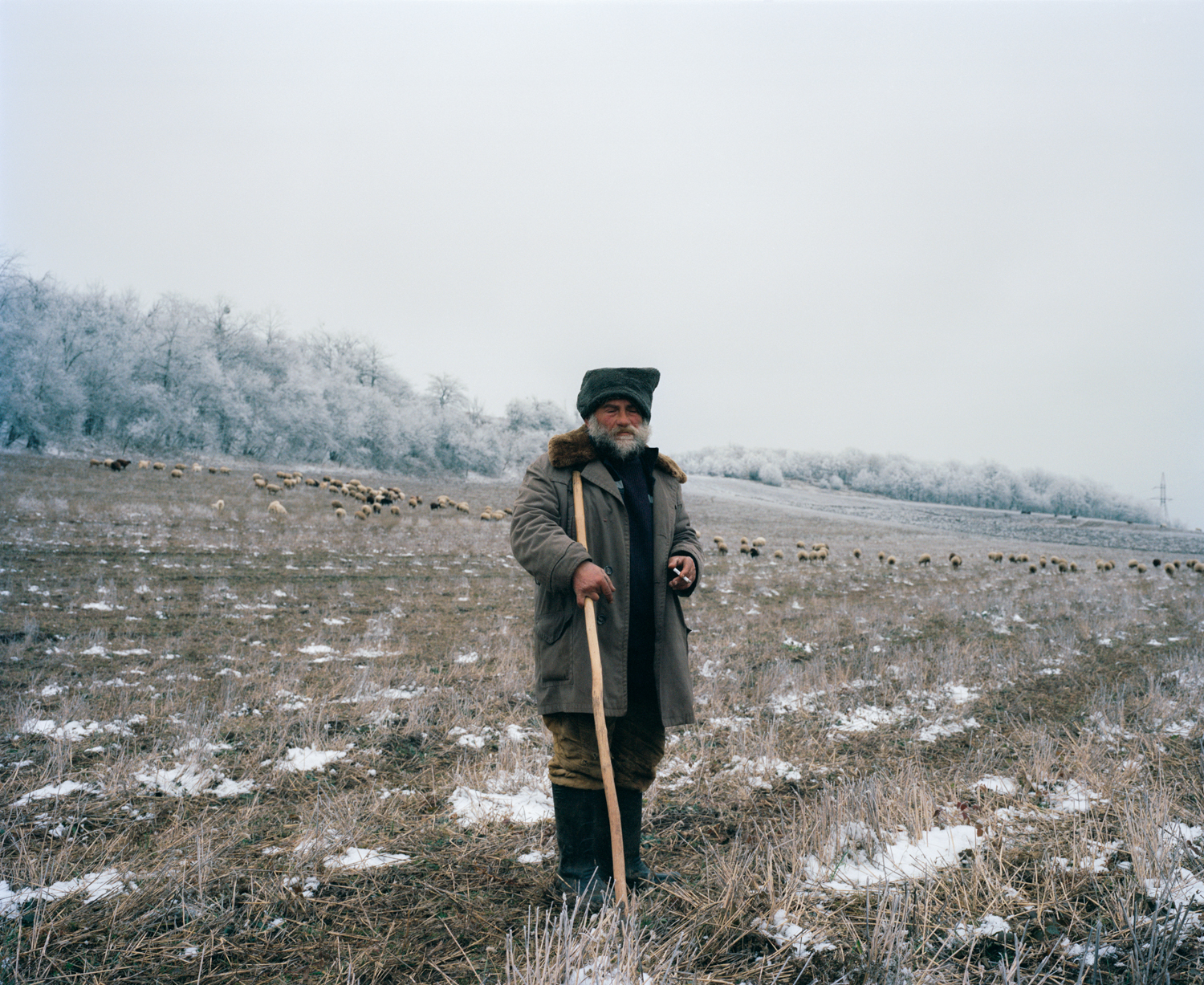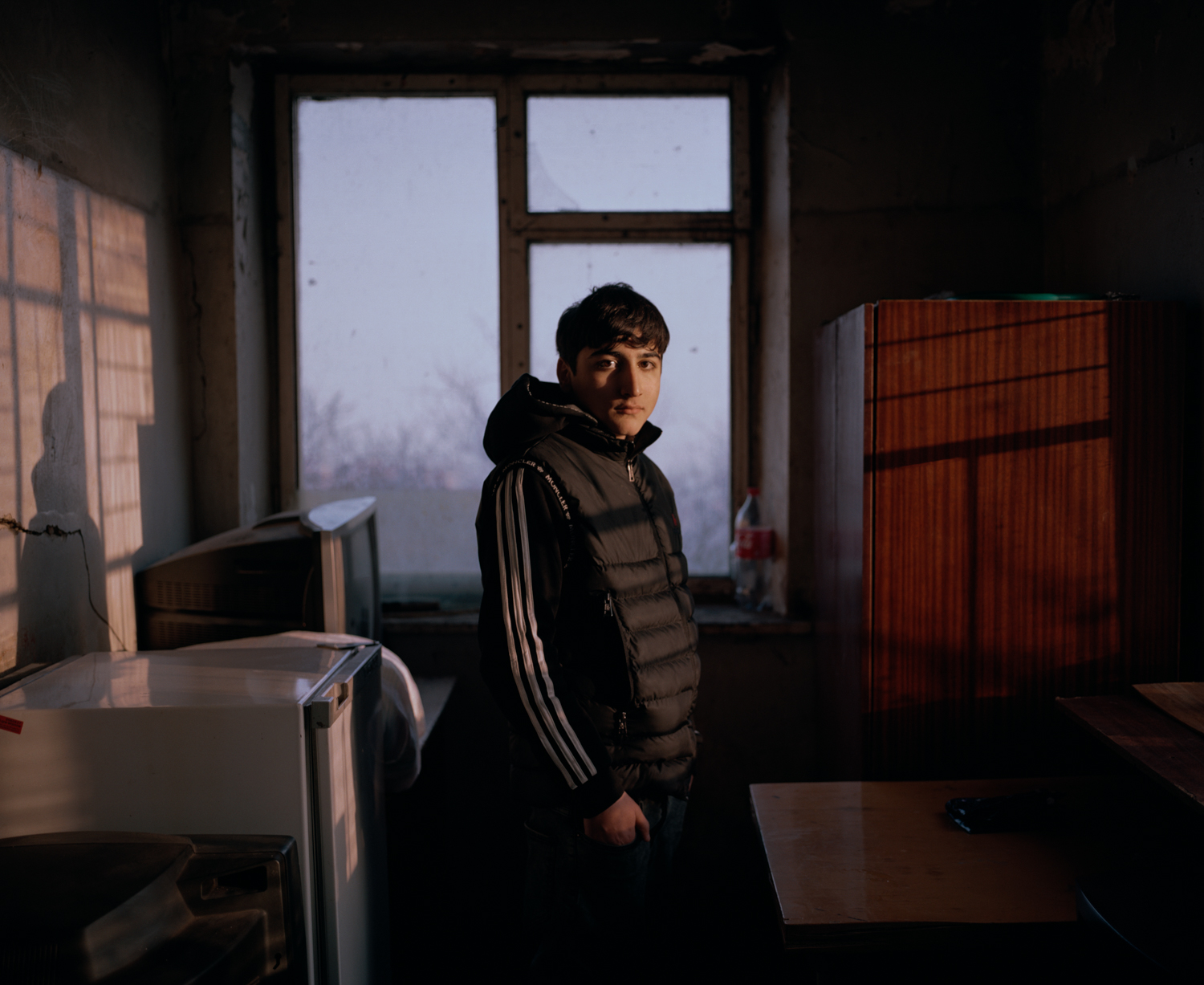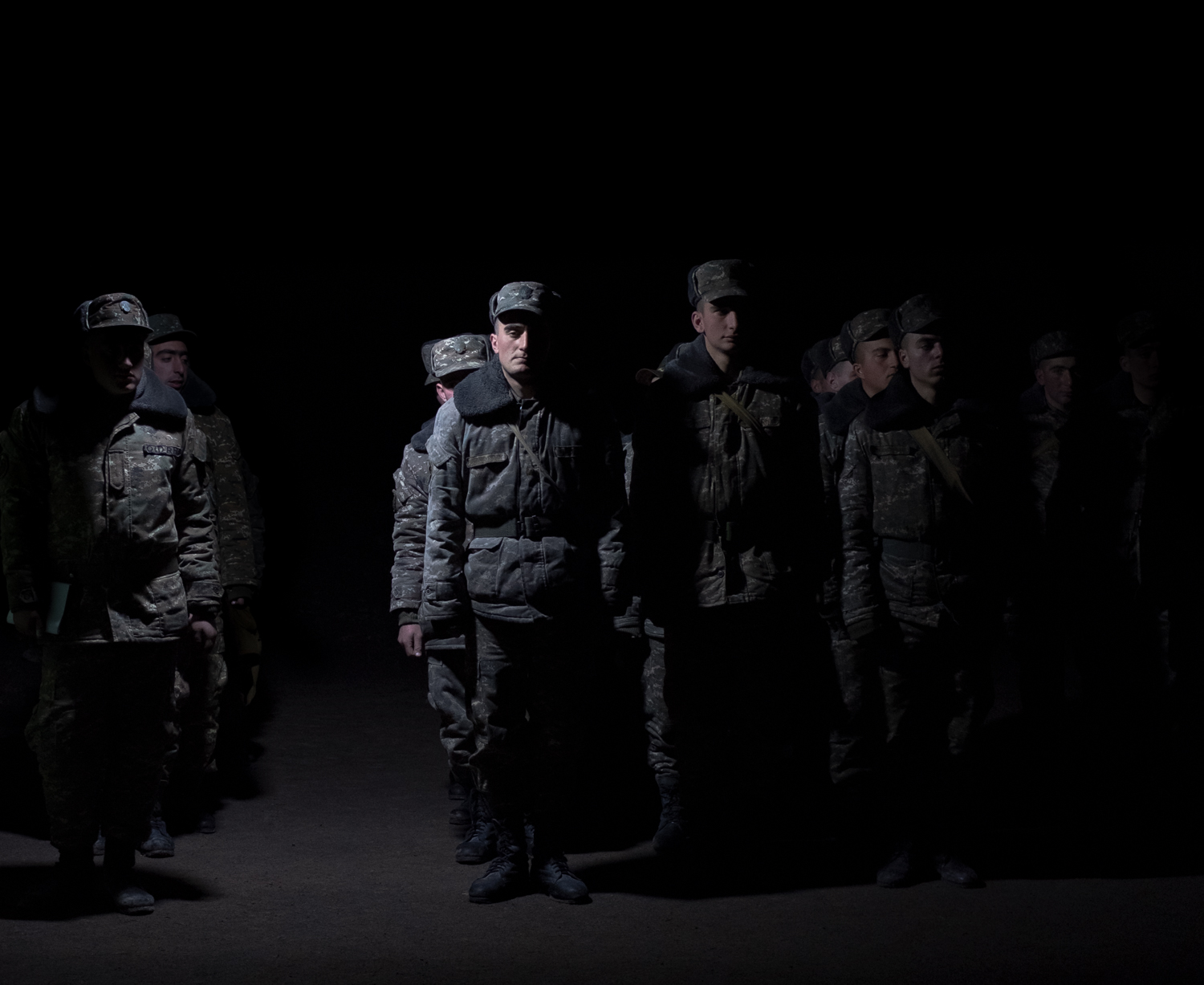BLACK GARDEN (WORK IN PROGRESS)
Armenia is a small country in the heart of the Caucasus. It is also my homeland. Like many Armenians in France, my great-grandparents lived in present-day Turkey and emigrated to France during the Armenian Genocide of 1915. I have been immersed in this culture since childhood. Ten years ago, I traveled to Armenia for the first time, in order to discover this country that I still knew so little about. Since then, I have photographed this territory extensively. In 2016, a few weeks after the “Four-Day War,” I discovered the Nagorno-Karabakh region, which literally means the “black garden.” It is a contested and landlocked region of the South Caucasus, which has witnessed nearly 30 years of armed conflict between Armenia (of which Nagorno-Karabakh was a former province) and Azerbaijan.
I was struck by the ferocity of the destruction there: nothing had been spared, not even the schools. The villages were deserted. Later, I learned that people equipped to lead self-sufficient lives were gradually returning to this no man’s land, even as both fronts dug new trenches. It seemed to me like the right time to undertake a project focused on this forgotten conflict, one of the grey areas of history. On a personal level, the conflict felt powerfully evocative, but remains something that no one has a very good understanding of, with the exception of the two warring parties.
Black Garden portrays the strange reality of life in Nagorno-Karabakh, where the marks of war are ever-present. They are visible as much on the weathered faces of the inhabitants as they are in the devastated landscapes. It’s a place that is reminiscent of the violence of war, where this “frozen” conflict has the potential to resurface at any moment. How does daily life express itself in an unresolved time, perpetually on the brink of war? How does such an existence affect culture, traditions, architecture?
This project, which began in 2016, attempts to understand the inhabitants of this region, their struggle for independence and why, despite years of unrest, they remain committed to this cause. For the majority of the population, living here is an act of resistance. Telling this story has become a personal obligation of mine: I feel compelled to give a face to this people, and to do so with compassion.
In a world steeped in patriotism and military culture, where personal misfortunes and misery feed a sense of collective heroism, these inhabitants are doomed to be the tragic characters of an endless war. This project is both evidence of their past and present, as well as an attempt to understand their future.
